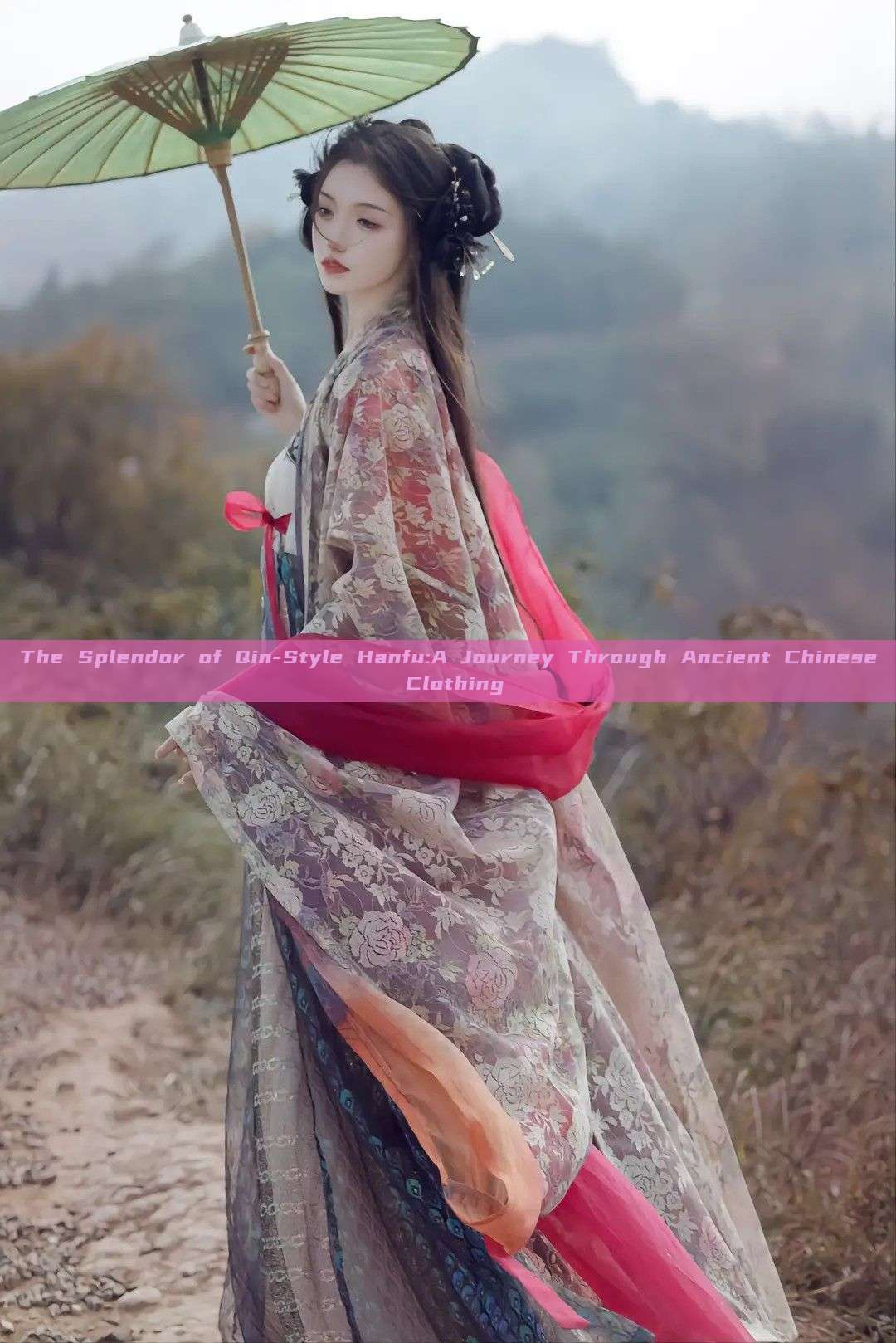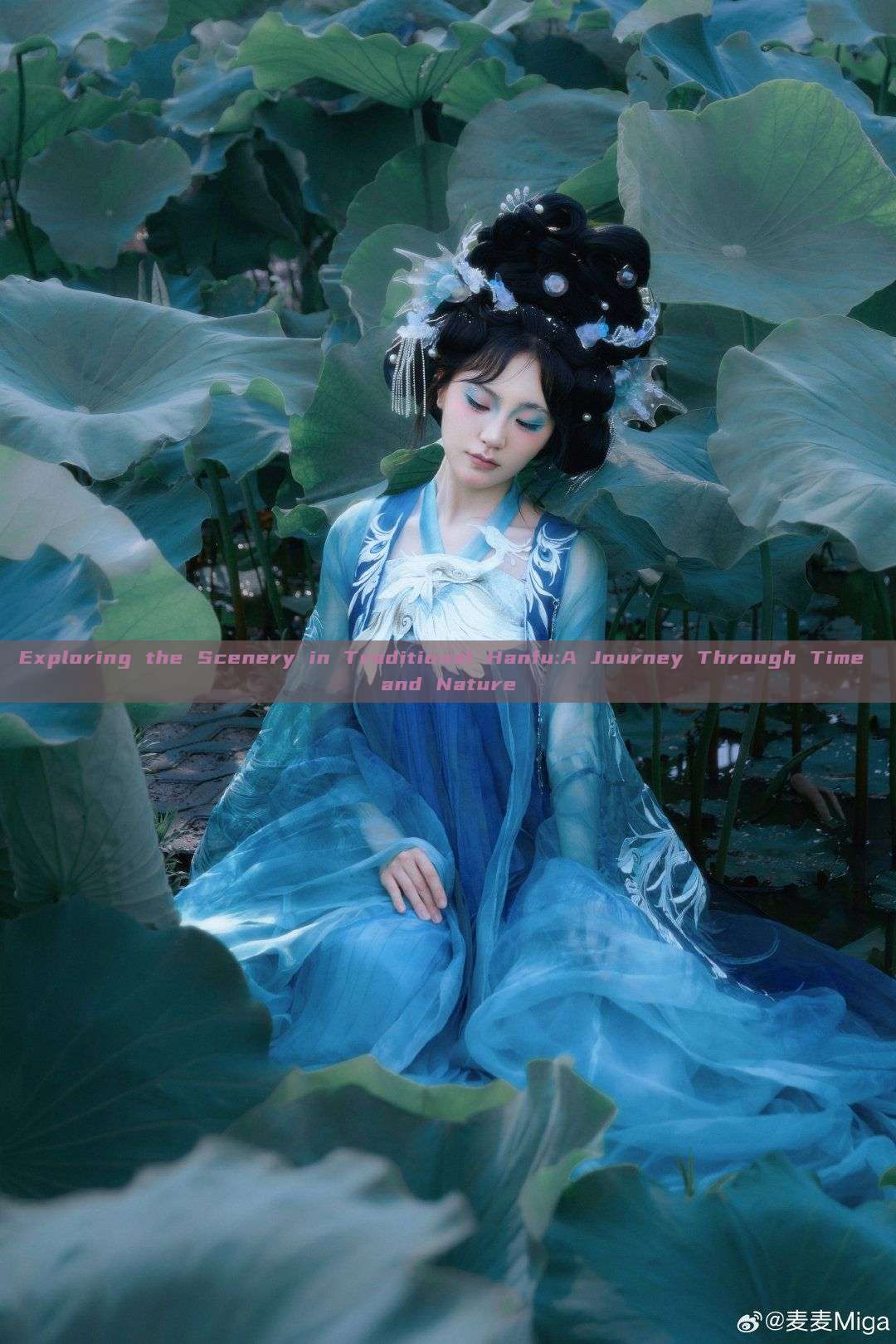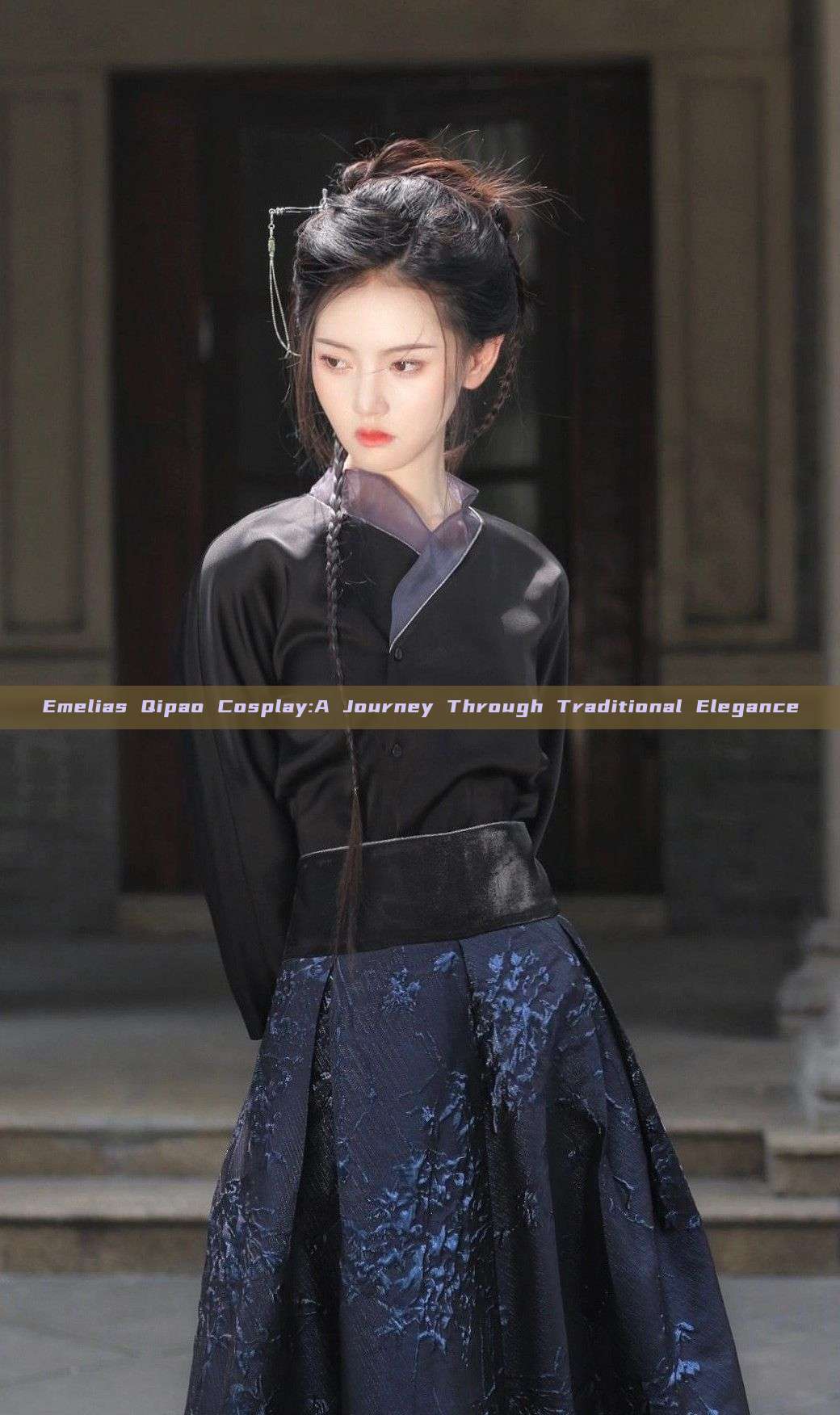In the annals of history, the Qin dynasty stands as a pivotal era in Chinese civilization, not only for its political and military achievements but also for its cultural contributions. Among these, the Qin-style Hanfu, a traditional Chinese clothing, remains a symbol of elegance and cultural continuity. This article delves into the rich history and intricate designs of Qin-style Hanfu.

The Qin dynasty, known for its unification of China under the first emperor, Qin Shi Huang, also witnessed the evolution of clothing culture. The Qin-style Hanfu, a blend of simplicity and sophistication, was born out of this era's political and cultural influences. This traditional clothing not only reflected the social status of individuals but also served as a medium to showcase artistic craftsmanship and cultural values.
The design of Qin-style Hanfu was predominantly influenced by the philosophy of simplicity and harmony. The clothing was often made of silk or other fine materials, which were then carefully crafted into intricate patterns using embroidery and other decorative techniques. The color palette was often vibrant, with reds, yellows, and blacks being the most common hues, reflecting the dynasty's preference for vibrant colors.
The design of Hanfu typically consisted of a long robe for men and a more elaborate dress for women. The robe for men was often adorned with broad sleeves and intricate patterns on the hem and borders. Women's dresses were often more intricate with patterns on the bodice and sleeves, often featuring a more feminine silhouette. The use of jewelry like jade ornaments and other accessories further enhanced the beauty of these outfits.
The craftsmanship involved in making Hanfu was highly skilled and involved several steps. The selection of materials was crucial, as silk was the preferred choice for its elegance and durability. The cutting and stitching were done with precision, ensuring symmetry and balance in the design. The use of embroidery, beading, and other decorative techniques added intricate details to the clothing.
The influence of Qin-style Hanfu extends far beyond the historical era. Today, it has become a symbol of Chinese culture and heritage, often worn during festivals and special occasions as a nod to traditional values. The revival of interest in traditional Chinese clothing has led to a fusion of modern designs with traditional elements, resulting in contemporary Hanfu that are not only beautiful but also comfortable to wear.
In conclusion, the Qin-style Hanfu is not just a piece of clothing; it is a symbol of Chinese culture and history. It reflects the craftsmanship and artistic talent of generations, serving as a medium to tell stories of the past. Today, it continues to inspire and evolve, keeping alive the legacy of China's rich cultural heritage.
This article delves into the history, design elements, craftsmanship, and modern influence of Qin-style Hanfu, paying homage to its rich legacy and celebrating its beauty. As we look back at this traditional clothing, we also look forward to its evolution and continue to inspire future generations.








